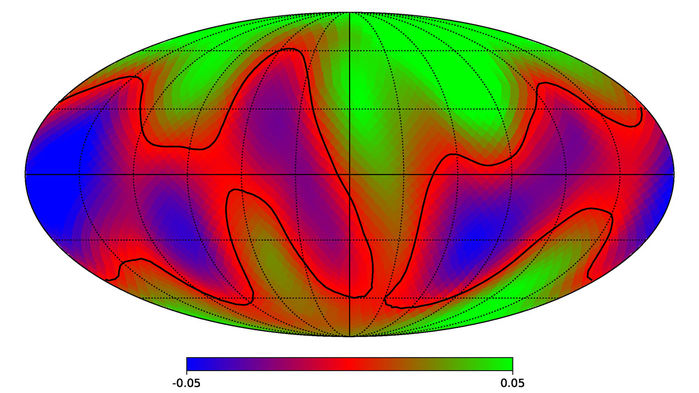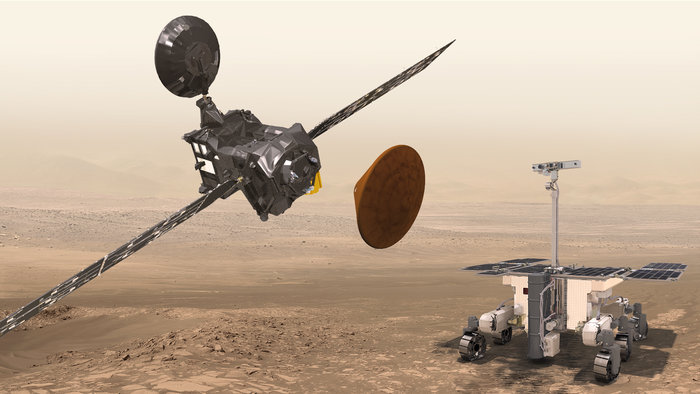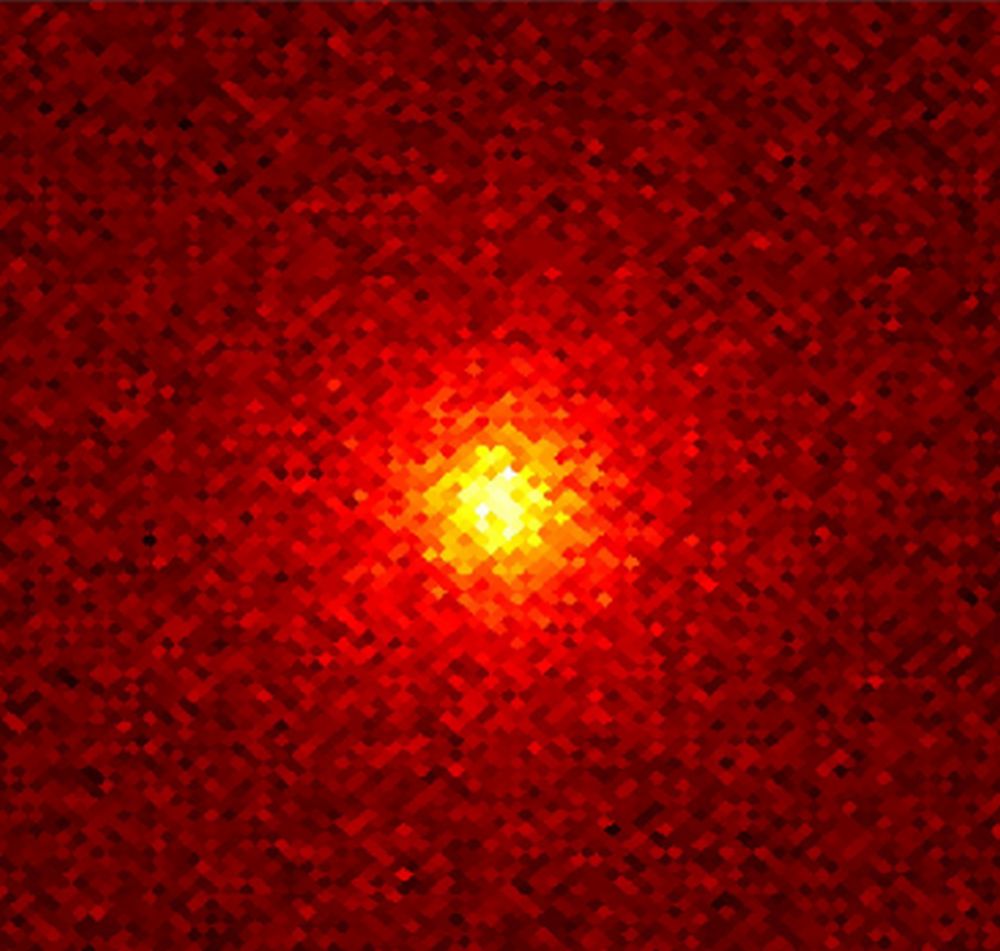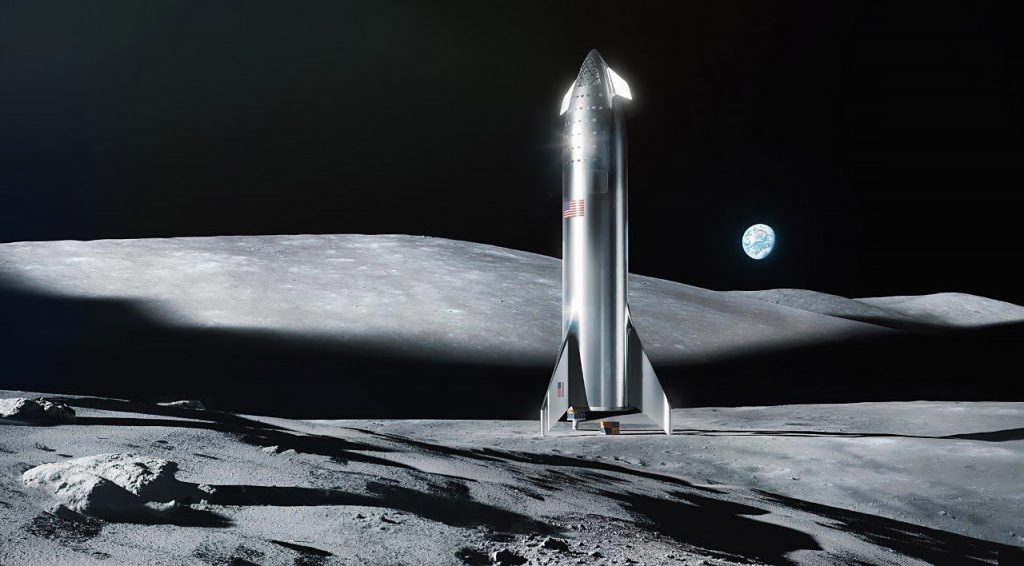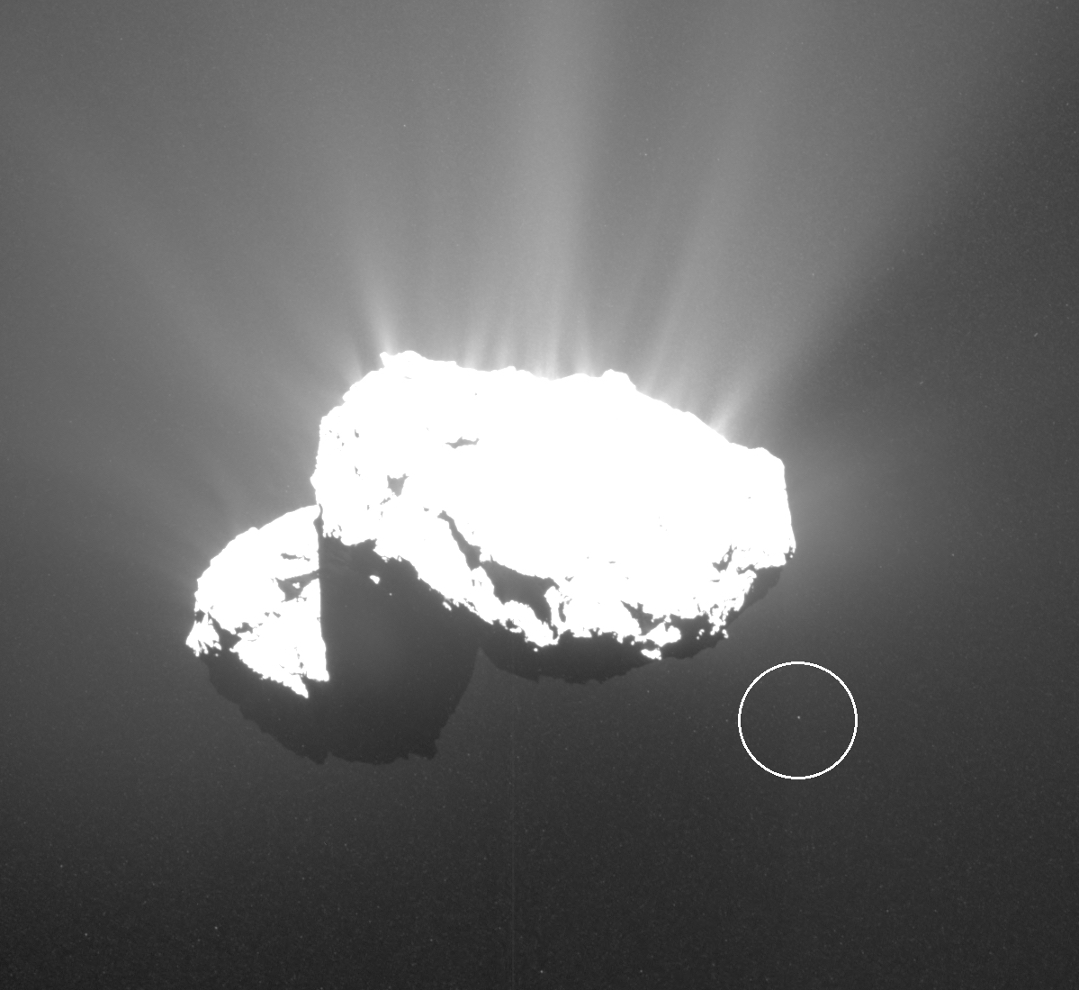As I’ve mentioned in several episodes now, humanity is in a bit of a transition period, a time when it makes sense to launch material up and out of Earth’s gravity well into orbit, and beyond. But it’s really expensive, costing up to $10,000 per pound you want in orbit, and 10 times if you want it on the Moon.
But over the coming decades, more and more of our space-based infrastructure will be built in space, manufactured out of materials that were mined in space.
Continue reading “A Spacecraft Is Going To Assemble Its Own Solar Panels In Space: Archinaut One”

